Yoga is not just a physical exercise; it is a holistic practice that combines movement, breath, and mindfulness to cultivate a sense of calm and inner peace. In recent years, the practice of yoga has gained increasing popularity as a means of improving mental health. Mindful yoga, in particular, has been shown to be an effective tool for managing stress, anxiety, and depression. In this article, we will explore the benefits of mindful yoga for mental health and provide tips for incorporating it into your daily routine.
Table of Contents
What is Mindful Yoga?
Mindful yoga is a form of yoga that emphasizes the connection between the mind, body, and breath. It is a practice that encourages awareness and presence at the moment, as well as self-compassion and self-acceptance. Mindful yoga involves moving through yoga postures with intention and attention to the breath, as well as practicing meditation and relaxation techniques.
Benefits of Mindful Yoga for Mental Health
1. Reduces Stress and Anxiety
One of the primary benefits of mindful yoga is its ability to reduce stress and anxiety. The practice of mindfulness has been shown to reduce the physiological and psychological symptoms of stress and anxiety, such as elevated heart rate, muscle tension, and racing thoughts. In addition, the physical practice of yoga helps to release tension and promote relaxation in the body.
2. Improves Mood
Mindful yoga has also been shown to improve mood and decrease symptoms of depression. Research has found that yoga can increase levels of the neurotransmitter GABA, which is associated with improved mood and reduced anxiety. In addition, the practice of yoga has been shown to increase levels of endorphins, the body’s natural feel-good chemicals.
3. Enhances Self Awareness and Acceptance
Mindful yoga encourages self awareness and acceptance, which can be beneficial for those struggling with mental health issues such as low self esteem and self criticism. By practicing mindfulness and self care practices individuals can develop a greater sense of self awareness and acceptance, which can lead to improved mental well-being.
Mindfulness Yoga Asanas For Mental Health
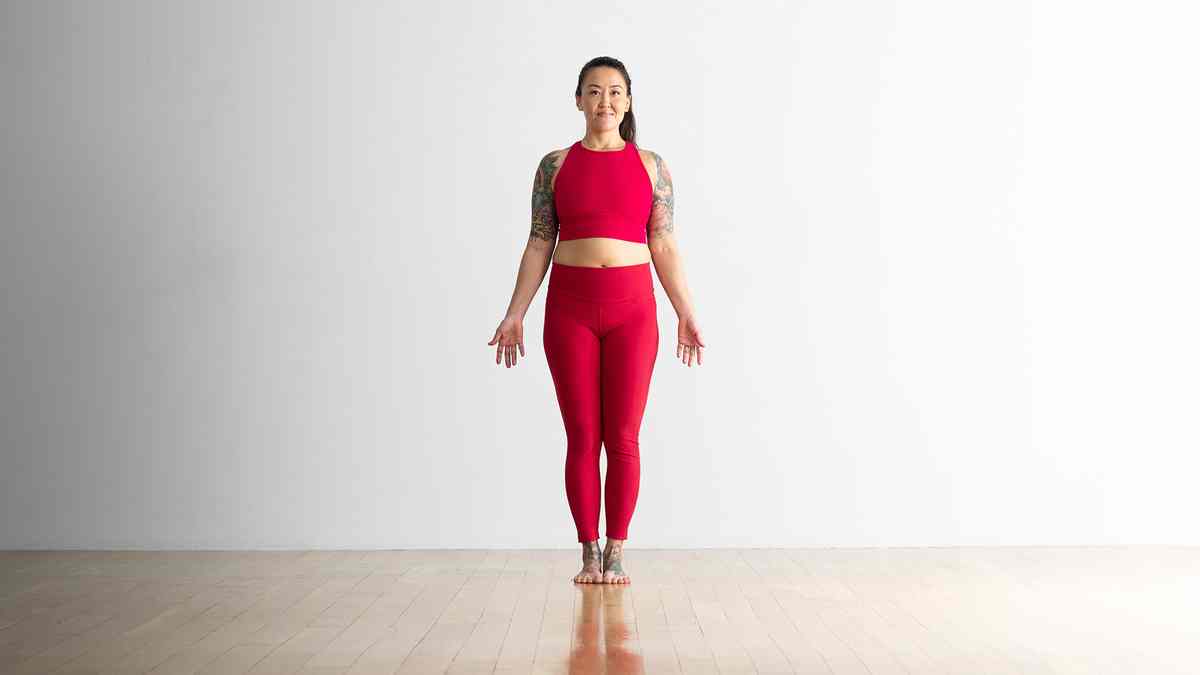
1. Tadasana (Mountain Pose): This pose is great for grounding and focusing the mind. Tadasana helps us to ground and focus our attention, bringing us into the present moment and reducing feelings of anxiety or distraction. The focus on alignment and posture also promotes a sense of self awareness and confidence.
To do this pose, stand with your feet together, heels slightly apart, and toes spread wide. Engage your leg muscles and lengthen your spine. Relax your shoulders and breathe deeply.
2. Balasana (Child’s Pose): Balasana is great for reducing stress and anxiety. This pose promotes relaxation and helps to quiet the mind, making it helpful for reducing stress, anxiety, and tension. It can also help us to feel more grounded and connected to our bodies.
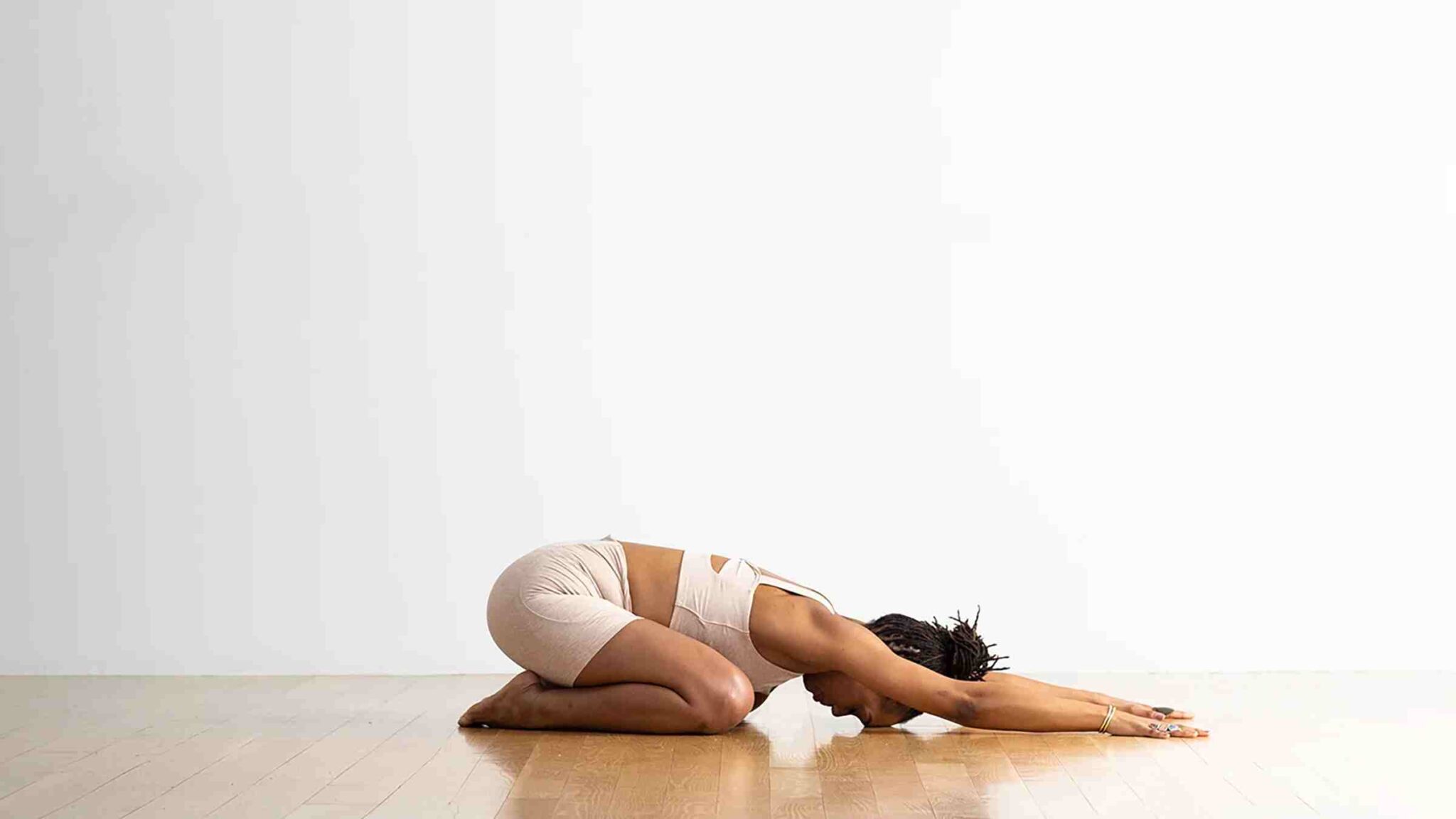
To do this pose, kneel on the floor with your knees hip-width apart and your toes touching. Slowly bend forward and rest your forehead on the floor. Stretch your arms out in front of you or place them by your sides. Breathe deeply and let your body relax. You can modify the pose by placing a pillow or bolster under your forehead for extra support.
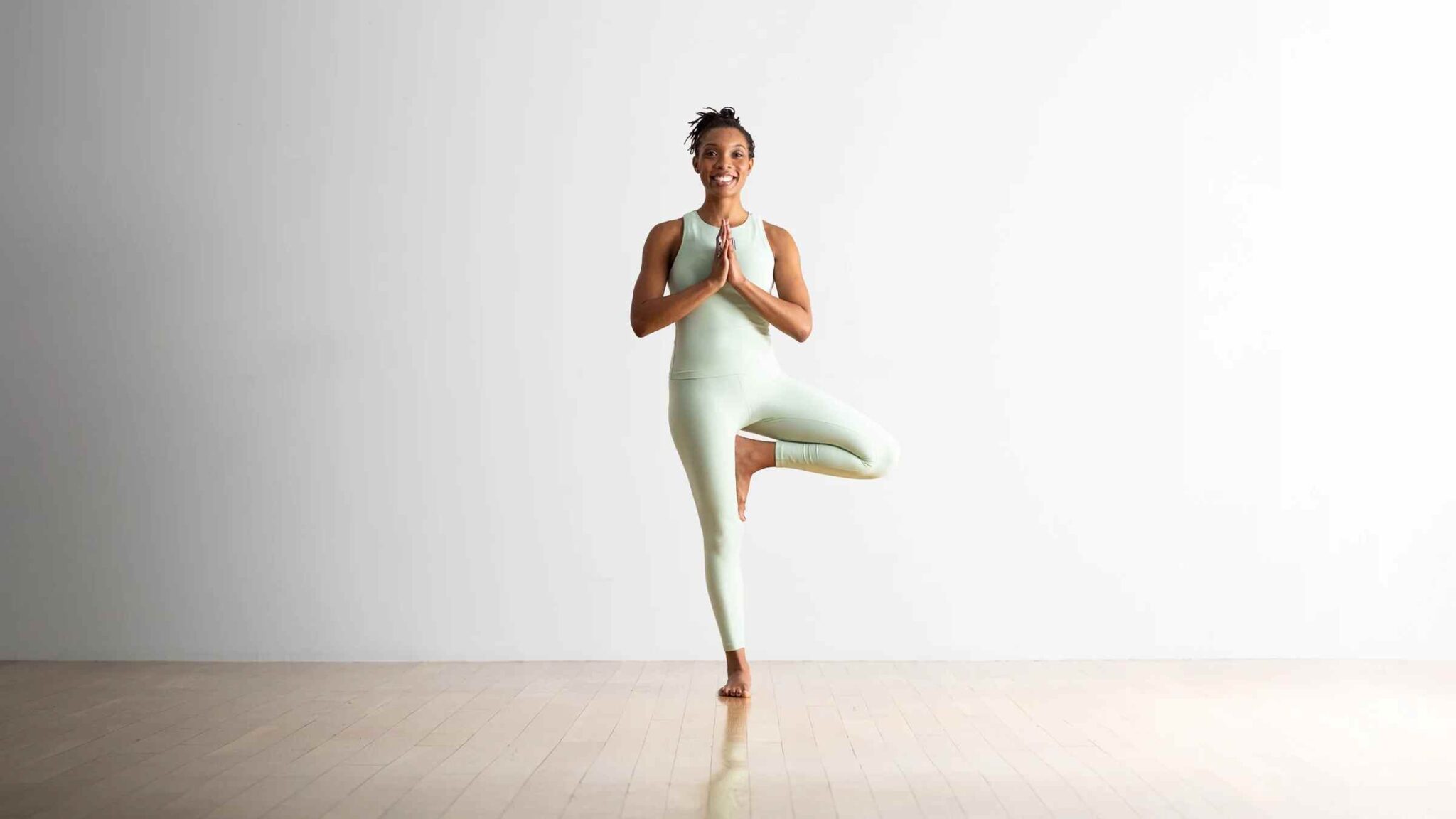
3. Vrikshasana (Tree Pose): Vrikshasana is great for improving balance and focus. In addition to improving balance and focus, this pose can also help strengthen the legs, ankles, and core muscles. To maintain your balance, focus on a fixed point in front of you and engage your core muscles to support your spine.
To do this pose, stand with your feet together and shift your weight to your left foot. Lift your right foot and place the sole against the inner left thigh. Bring your hands together in front of your chest and focus on a fixed point. Breathe deeply and hold for several breaths. Repeat on the other side.
4. Bhujangasana (Cobra Pose): This pose is great for improving confidence and reducing stress. It can also help stretch the chest, shoulders, and abdomen and improve spinal flexibility. To avoid straining your lower back, use your arm and back muscles to lift your upper body rather than pushing with your hands.
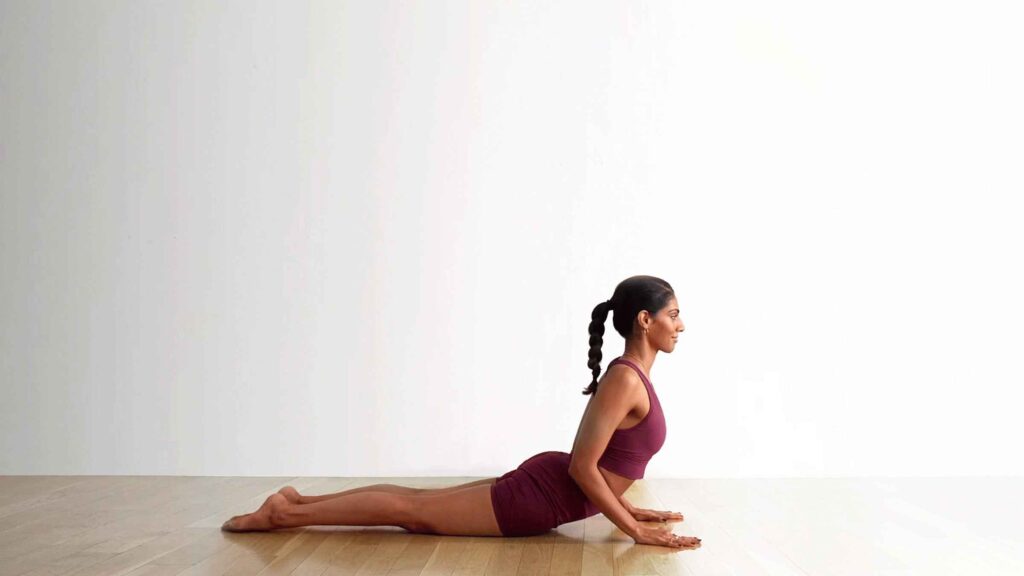
To do this pose, lie on your stomach with your hands under your shoulders. Slowly lift your head, chest, and shoulders off the floor, keeping your elbows close to your body. Hold for a few breaths and release.
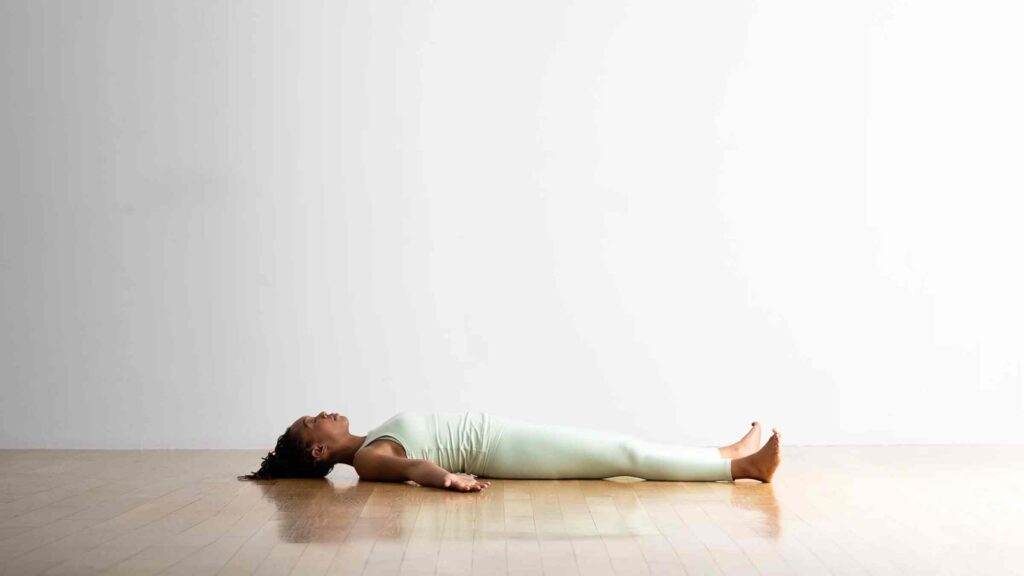
5. Savasana (Corpse Pose): Savasana is great for deep relaxation and meditation, this pose can also help reduce fatigue and improve sleep quality.
To do this pose, lie on your back with your arms by your sides and your legs slightly apart. Close your eyes and breathe deeply. Allow your body to completely relax and let go of any tension or stress. To get the most benefit from this pose, find a quiet and comfortable space, and focus on your breath and the sensations in your body. You can use props such as blankets or eye pillows to support your body and help you relax more deeply.
In addition, to get deep relaxation savasana can help to release physical and mental tension, leading to a greater sense of calm and tranquility. It also promotes mindfulness and presence, helping to improve our ability to stay present in the moment and reduce feelings of distraction or rumination. Remember to always listen to your body and never push yourself too hard. If you have any health concerns or injuries, consult with a qualified yoga teacher or healthcare professional before starting a yoga practice.
Tips for Incorporating Mindful Yoga into Your Daily Routine
Tip 1: Start Small
If you are new to yoga, it is important to start small and work your way up. Begin with simple yoga postures and focus on your breath. As you become more comfortable, you can gradually increase the duration and intensity of your practice.
Tip 2: Set an Intention
Before beginning your yoga practice, take a moment to set an intention for your practice. This can be as simple as focusing on your breath or cultivating a sense of calm and relaxation.
Tip 3: Practice Consistently
Consistency is key when it comes to reaping the benefits of mindful yoga for mental health. Aim to practice yoga at least 2-3 times per week, and try incorporating mindfulness and relaxation techniques into your daily routine.
Tip 4: Be Patient and Kind to Yourself
Remember that mindfulness and self-acceptance are important components of mindful yoga. Be patient with yourself and don’t push yourself beyond your limits. Listen to your body and honor your own needs.
Final Words
Mindful yoga is a powerful tool for improving mental health and well-being. By combining movement, breath, and mindfulness, individuals can cultivate a sense of calm and inner peace, reduce stress and anxiety, and improve mood and self-awareness. Incorporating mindful yoga into your daily routine can be a simple and effective way to support your mental health.




